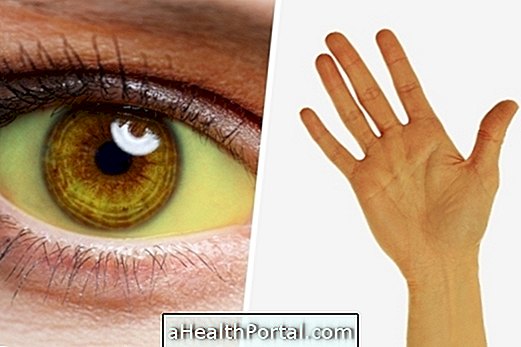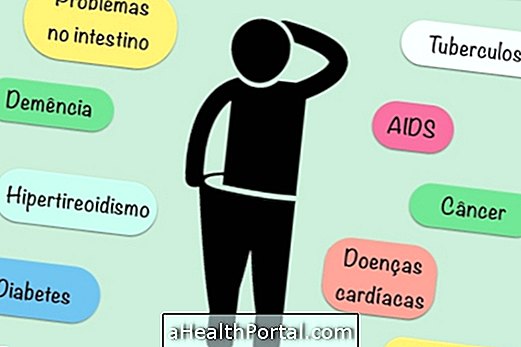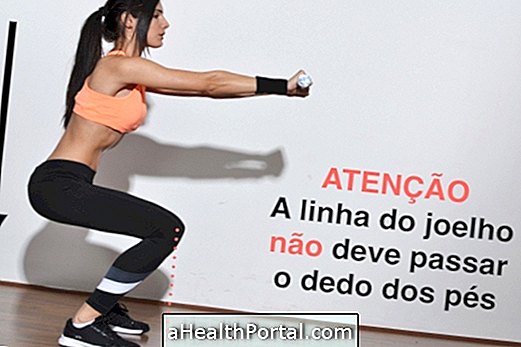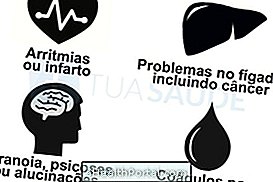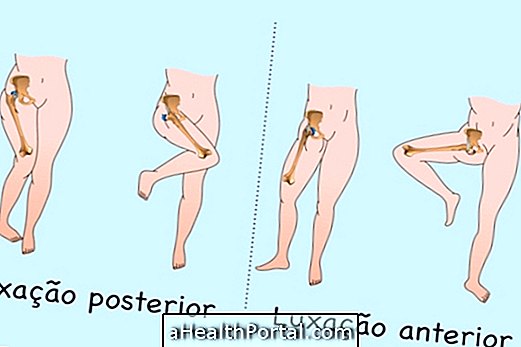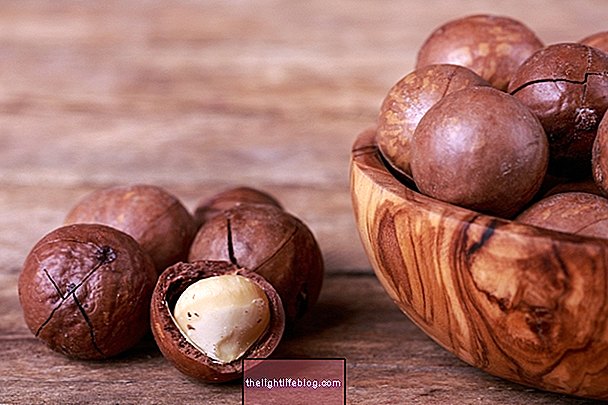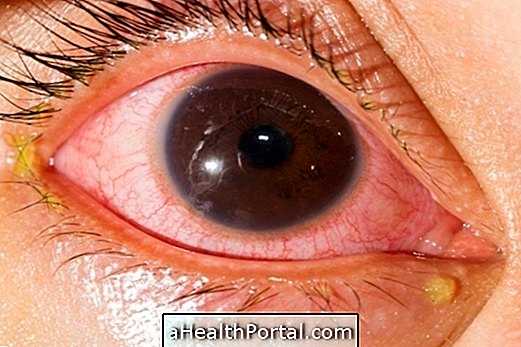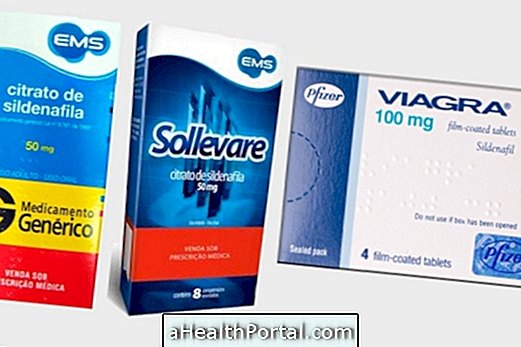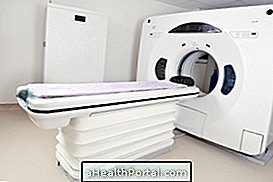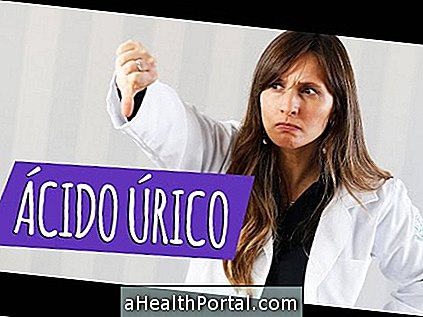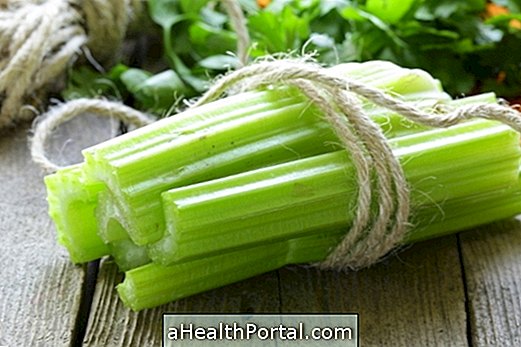Venous ulcer is a type of wound that most often appears in the legs, especially in the ankle, due to venous insufficiency, which leads to blood accumulation and rupture of the veins and, consequently, to the appearance of wounds that hurt and do not heal, in addition to of swelling in the leg and darkening of the skin. See what are the main symptoms of poor circulation.
The presence of venous ulcers, although not fatal, can cause great discomfort and even generate disability, affecting the quality of life of the person, mainly. This type of ulcer is more common in older people or has several systemic problems that can interfere with blood circulation or the healing process.
The treatment for venous ulcer is done according to the medical orientation and is usually done with the use of compressive socks, which stimulate the local circulation, and with the use of ointments that facilitate the cicatrization.
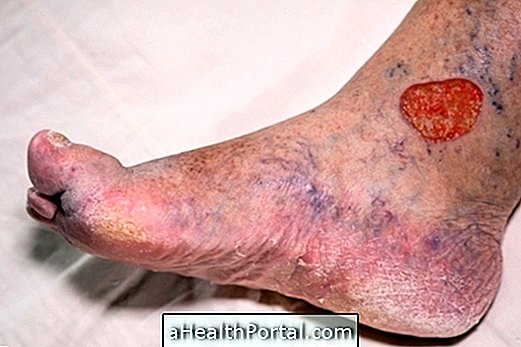
How is the treatment done?
The treatment for venous ulcer should be done with the medical recommendation and aims to prevent the emergence of new ulcers, relieve pain, prevent infections, improve venous circulation and facilitate the healing of ulcer already present.
One of the treatment options for venous ulcer is the compressive therapy that consists of the use of compressive socks that aim to stimulate the local circulation, reducing the swelling and risk of formation of new wounds. Moreover, due to the stimulation of the micro and macrocirculation, the use of the compression stockings may be useful to decrease the fluid output of the ulcer. It is also important to identify the factors that may be related to the change in circulation so that the physician can establish treatment for the cause.
In addition, it is important to perform wound cleaning to prevent infections from occurring, which can worsen the ulcer leading to tissue necrosis. Cleaning should be done with a 0.9% saline solution which does not interfere with the healing process, does not cause allergic reactions on the skin and does not alter the normal microbiota of the skin.
After cleaning it is recommended to apply a dressing with hydrogel or apply papain or collagenase, which is a substance that has the ability to remove dead tissue and facilitate healing. Learn more about collagenase.
It is also important to move the leg, by walking or physical therapy exercises, to activate local circulation and decrease blood congestion, avoiding the formation of new ulcers and relapse. If bacterial infection is present in the wound, the doctor may also indicate the use of antibiotics according to the microorganism present in the wound.
Characteristics of venous ulcer
The venous ulcer is a chronic wound, more frequent in the ankle, characterized by being an injury that does not heal easily and that at the beginning has irregular borders and are superficial, but with the progression of the injury can be deep and well defined edges, being able to there is still a yellowing of the ulcer.
Other features of venous ulcer include:
- Pain of variable intensity;
- Swelling;
- Edema;
- Desquamation;
- Darkening and thickening of the skin;
- Presence of varicose veins;
- Feeling of weight in the legs;
- Itching.
The diagnosis is made from the evaluation of ulcer characteristics, such as location, size, depth, borders, presence of fluid and swelling of the region. In addition, the doctor checks for thickening, darkening of the skin and features of inflammation.
